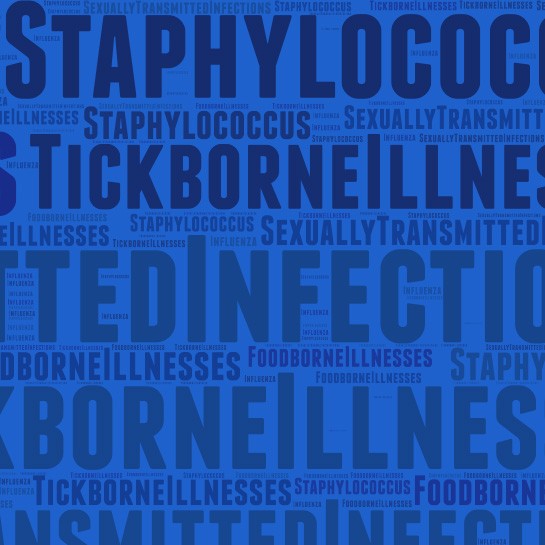Symptoms and Treatment
for Norovirus
What is norovirus?
Sometimes called the stomach flu or a stomach bug, norovirus is an extremely contagious virus that anyone can catch. Commonly spread through food or water that’s been contaminated during preparation or through contaminated surfaces, norovirus is notoriously found in closed and crowded environments like hospitals, nursing homes, schools, and cruise ships. The Centers for Disease Control and Prevention (CDC) estimates that 20 million Americans get sick with norovirus every year, and it’s easy to catch it more than once.
What are the symptoms of norovirus?
Norovirus comes on quickly — watery or loose diarrhea, abdominal pain or cramps, and vomiting can begin between 12 and 48 hours after exposure. Other symptoms, such as muscle pain, low-grade fever, and general feelings of discomfort or uneasiness, are also commonly experienced. Most people will start to feel better within one to three days, but you may continue to shed the virus in your feces for up to two weeks after you’ve recovered fully. It’s important to remember that vomiting and diarrhea can cause severe dehydration — especially in infants, older adults, and those with compromised immune systems — so remember to drink plenty of fluids that are rich in electrolytes such as Pedialyte® or sports drinks like Gatorade®.
How does ID Care diagnose norovirus?
ID Care specialists can diagnose norovirus based on your symptoms. We can also identify whether or not you have it by testing a stool sample in the laboratory.
How does ID Care treat norovirus?
Because norovirus is a virus, antibiotics are not used for treatment because antibiotics fight bacteria. And, unfortunately, there is no specific treatment for norovirus — the infection usually subsides on its own. If you become dehydrated, you may be given intravenous fluids. If you’re in good health, you will start to feel better within a few days, but it’s crucial to remember to drink plenty of liquids to replace the fluids that have been lost from vomiting and diarrhea.
SOURCES: Centers for Disease Control and Prevention (CDC); Mayo Clinic





